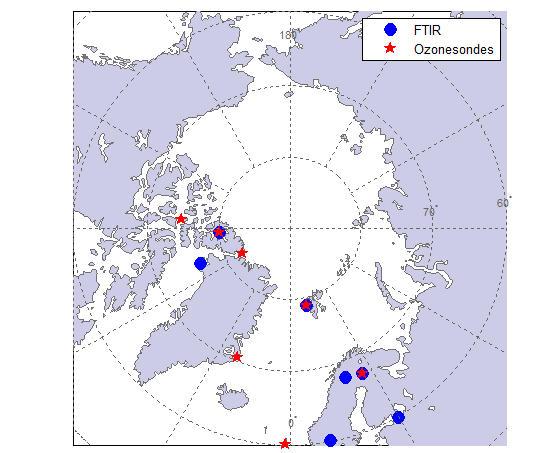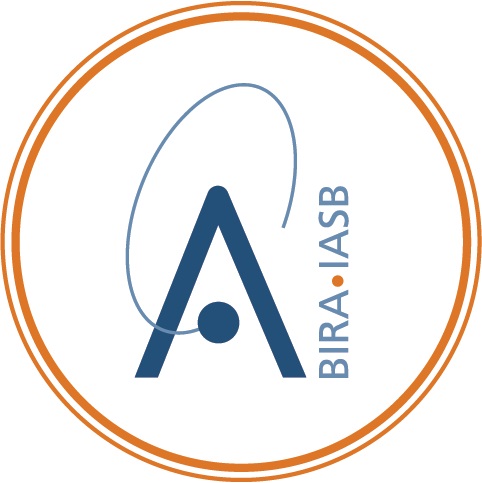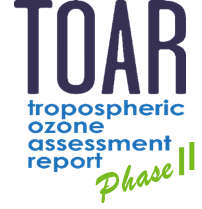Project description
Thanks to the Montreal Protocol and its Adjustments and Amendments to reduce the emissions of ozone depleting substances (ODS), stratospheric ozone is expected to slowly recover globally, although the delay of the recovery is still unsure due to the uncertainties associated to climate change. Detecting this recovery is very challenging because of the large natural variability of stratospheric ozone, and the small expected trend (a few percent per decade). In the polar regions, ozone is especially highly impacted by the effective-chlorine levels, which leads to the well-known “ozone hole” problematic. It is therefore expected that it is easier in the polar regions to detect the recovery of ozone attributed to the decrease of effective chlorine. Indeed, there are early signs of ozone recovery observed in Antarctica (WMO, 2018). However, the much higher ozone natural variability in the Arctic, due to larger dynamical variability, complicates the observation of the ozone recovery in the Arctic and no evidence of positive ozone trends over the Arctic was found for the 2000-2016 period (WMO 2018).
The DORA project aims to tackle this topic of Arctic ozone through three main objectives:
Objective 1
- Gather FTIR data from 7 NDACC (Network for the Detection of Atmospheric Composition Change) sites, located at latitudes from 60 to 80°N (see Figure 1). FTIR measurements provide total columns as well as independent partial columns in the troposphere and stratosphere. In addition, we will use ozone soundings in the Arctic, to strengthen our conclusions.
- Detection and attribution of the long-term stratospheric ozone trends will be accomplished through the multiple linear regression technique involving a set of proxies that represent physical processes influencing the natural ozone variability.
- Similar trend determination for tropospheric ozone
 Figure 1: High-latitude/Arctic FTIR (blue) and ozone sounding (red) stations that will be used in the DORA project.
Figure 1: High-latitude/Arctic FTIR (blue) and ozone sounding (red) stations that will be used in the DORA project.
Objective 2
- Analyze the representativeness of the current network of ground-based stations using CAMS (Copernicus Atmosphere Monitoring Service) reanalysis, which combines model data with observations into a globally complete and consistent dataset
- Create correlation maps between CAMS output at the location of each station and rest of the Arctic
- For the sites that are found representative of the same area in the Arctic, we will construct merged time series of ozone anomalies and study the impact on the detection of the trends
Objective 3
- Use our ground-based Arctic data sets to evaluate stratospheric satellite trends in order to detect possible drifts or steps in the merged satellite data of MEGRIDOP (Sofieva et al., 2021) and SUNLIT (Sofieva et al., 2022)
- Validate tropospheric ozone data from satellites (the recent SUNLIT data sets, and the new version v2019 of the FORLI IASI/METOP for the A, B, and C suite (2008-2022), Hurtmans et al., 2012)
- Checking the consistency between the observed total and stratospheric ozone trends by studying the impact of tropospheric ozone trends on the total ozone trends observed by SUNLIT and IASI, and by validating independently the satellite total columns with FTIR data




